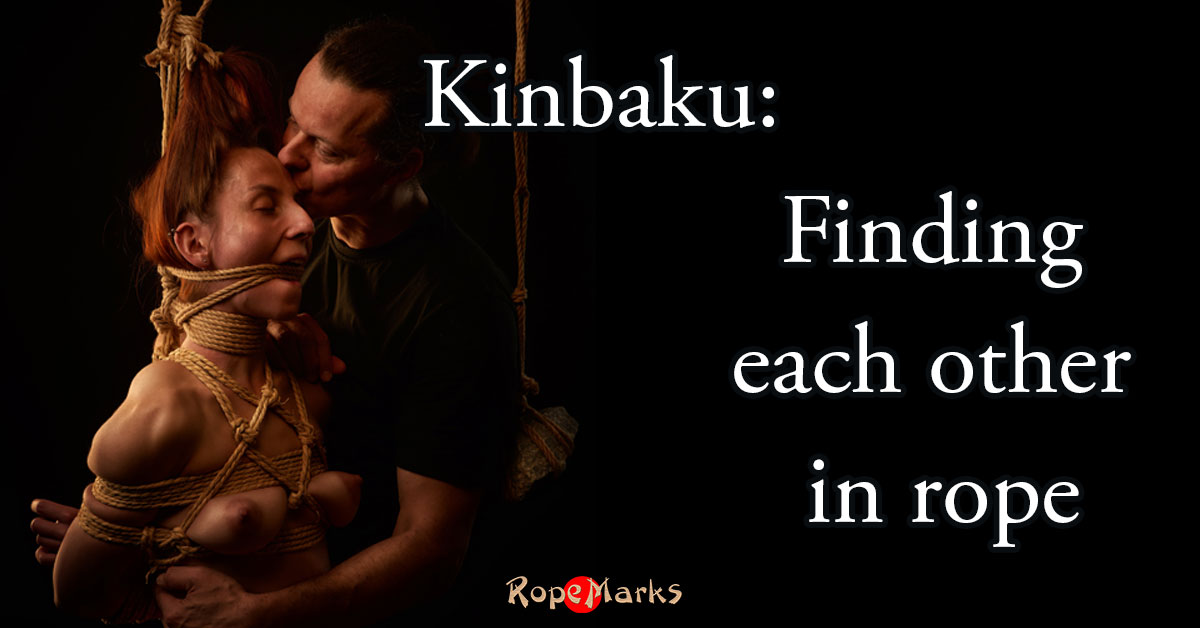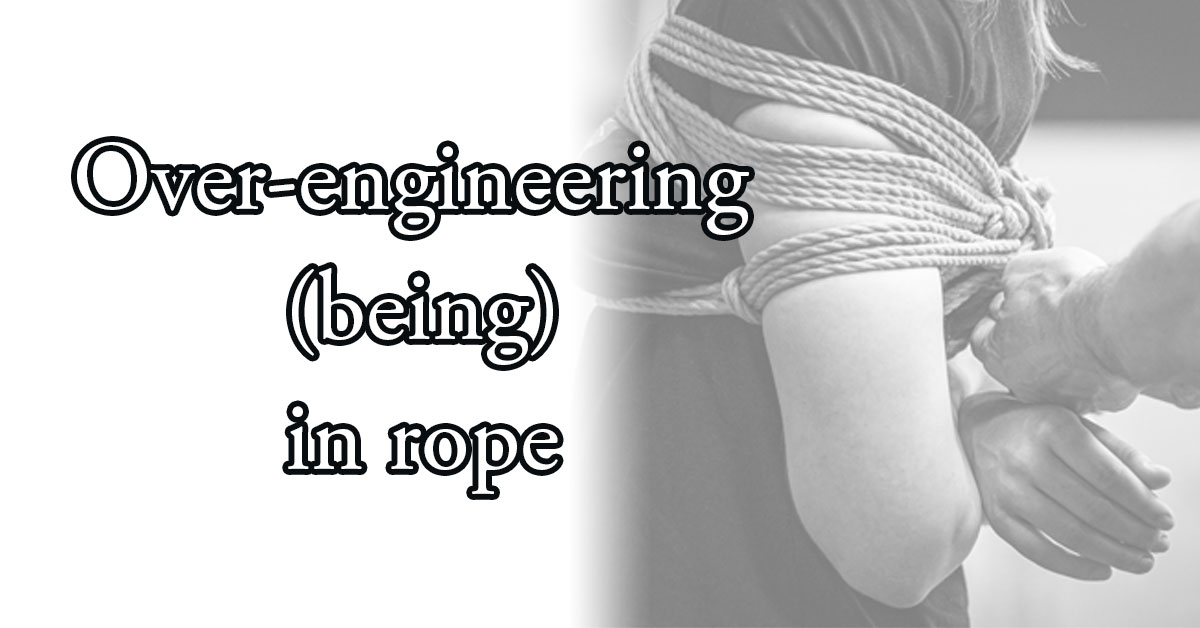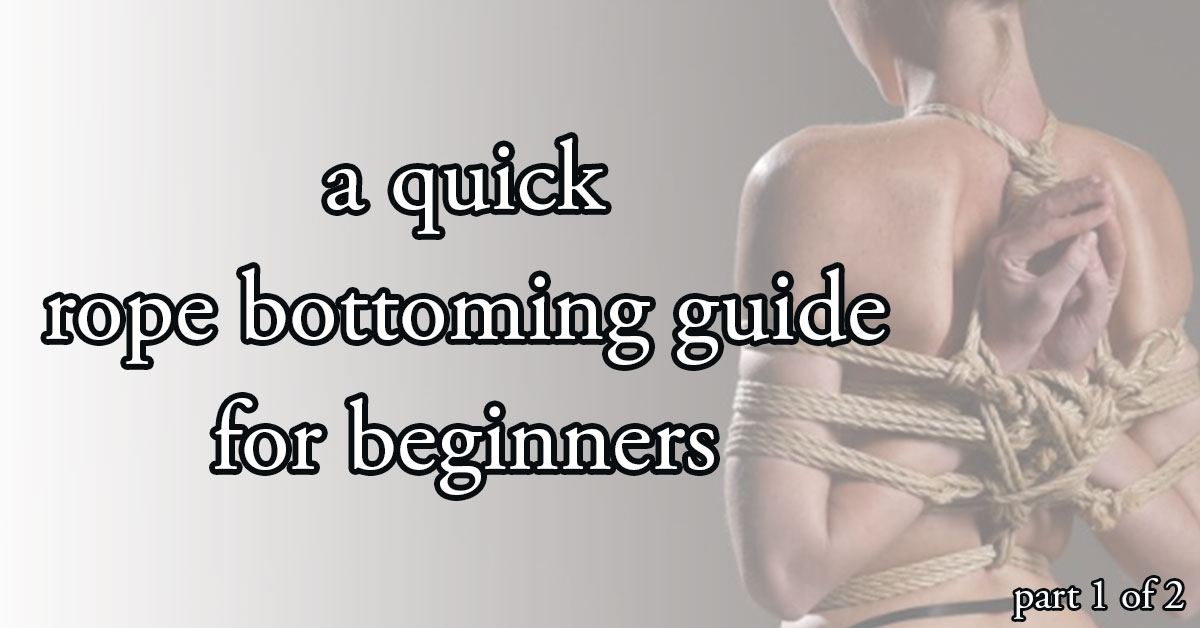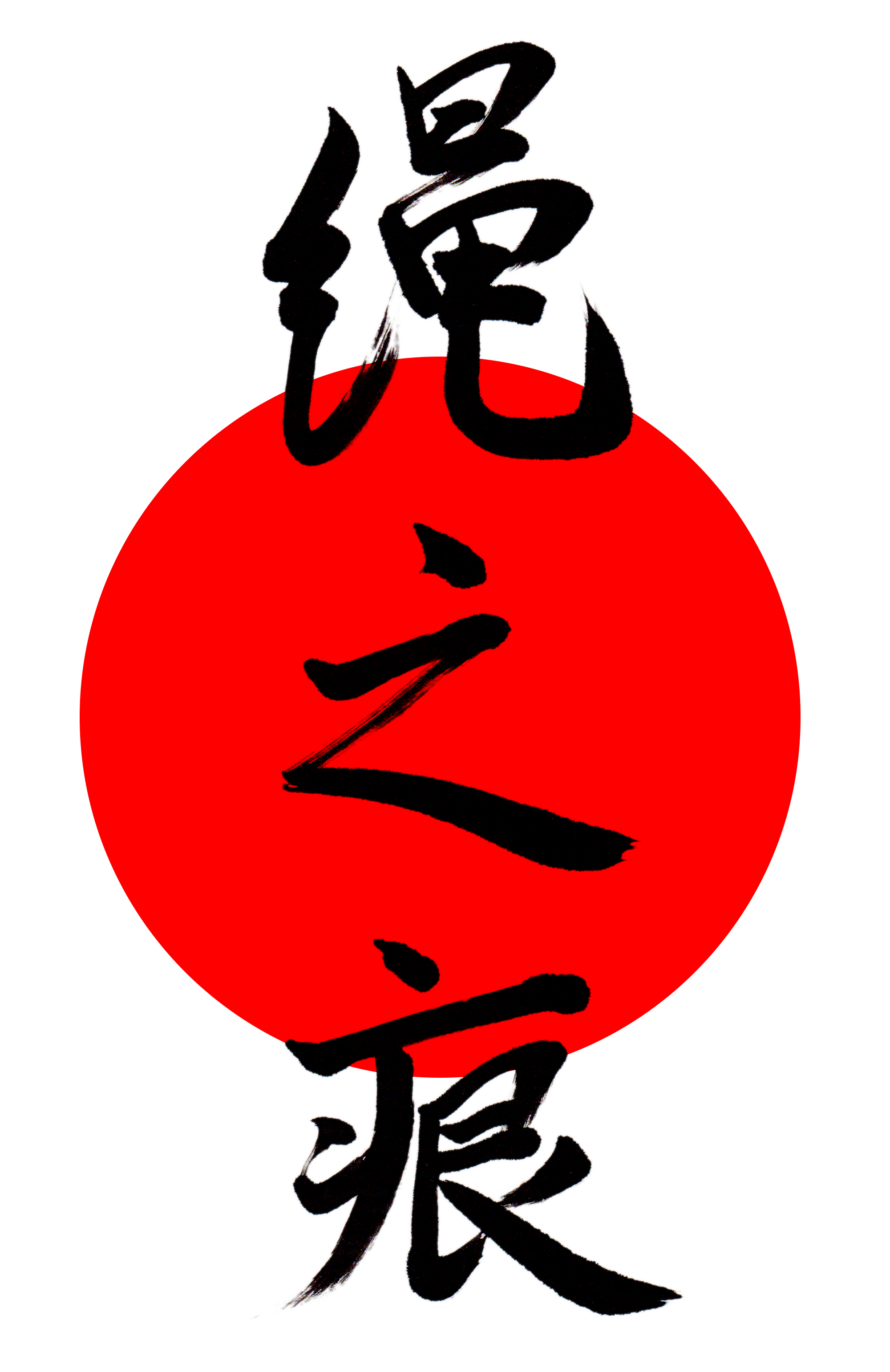Introduction
My decision to write an article about the history of shibari was an easy one, actually writing it was much, much, more difficult than it sounds. For one there is no unanimous agreement on the history, information is difficult to find and more often than not incomplete which leaves you guessing a lot.
Most authorities in the field of shibari agree on the fact that shibari as we now know it has its origins in the ancient martial art hojojutsu. Since shibari’s probable forefather hojojutsu is deeply rooted in the Japanese cultural it is impossible to NOT add some of Japan’s history to this article. Even if it’s only to properly outline the history of shibari. This article tries to expose through a timeline how hojojutsu evolved from an ancient martial art into the shibari style to date.
History in a Nutshell
Before we start talking about Japanese history I would like to present the Japanese history in a commonly accepted periodization. It should give you a rough outline for a better understanding of names, times and periods we will talk about.
One commonly accepted periodization of Japanese history:
| History of Japan | |||
|---|---|---|---|
| Dates | Period | Sub period |
Major Government
|
| prehistory – circa 300 BC |
Jomon |
Unknown
|
|
| circa 300 BC – 250 AD |
Yayoi |
Unknown
|
|
| circa 25 – 538 AD |
Yamato | Kofun |
Yamato Imperial Government
|
| 538 – 710 AD | Asuka | ||
| 710 – 794 | Nara | ||
| 794 – 1185 | Heian | ||
| 1185 – 1333 | Kamakura |
Kamakura shogunate
|
|
| 1333 – 1336 | Kemmu restoration |
Emperor of Japan
|
|
| 1336 – 1392 | Muromachi | Nanboku-cho |
Ashikaga shogunate
|
| 1392 – 1573 | early Sengoku period |
||
| 1573 – 1603 | Azuchi-Momoyama | latter Sengoku period |
|
| 1600 – 1867 | Edo |
Tokugawa shogunate
|
|
| 1868 – 1912 | Meiji |
Emperor Meiji (Mutsuhito)
|
|
| 1912 – 1926 | Taisho |
Taisho (Yoshihito)
|
|
| 1926 – 1945 | Showa | Expansionism |
Hirohito
|
| 1945 – 1952 | |||
| Occupied Japan | |||
| 1952 – 1989 | |||
| Post-occupation | |||
| 1989 – present | Contemporary |
Emperor Akihito
|
|
Legenda
- B.C. = Before Christ
- A.C. = After Christ
- A.D. = “Anno Domini”, a Latin phrase meaning “in the year of the Lord” and referring to the years after that.
Resources
- Atlas van de Mythologie en Oudheid (Dutch)
- Basic Terms of Shinto
- Encyclopedia Britannica
- Encyclopedia Mythica
- Foundations of Japanese Civilization
- Glossary pf Shinto names and terms
- Internet Sacred Text Archive
- Kojiki, translated by Basil Hall Chamberlain
- Shimbutsudo: A Web Page for the Study of Japanese Religions
- Uchiyama (Dutch)
- Lyrical Works
- Wikipedia, the free encyclopedia
- Word iQ Encyclopedia
- and more…











Leave A Comment